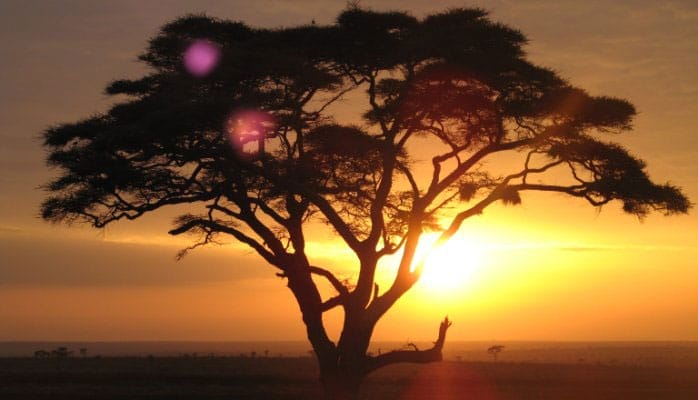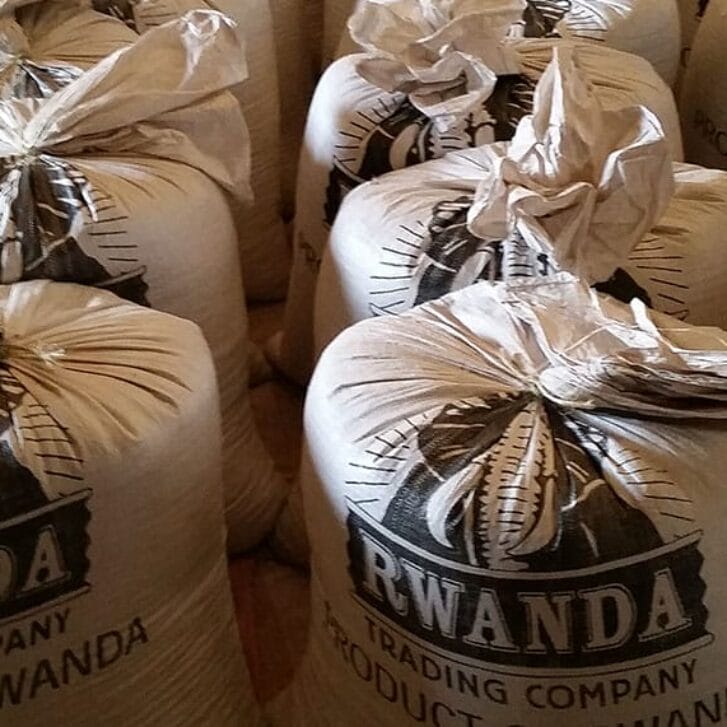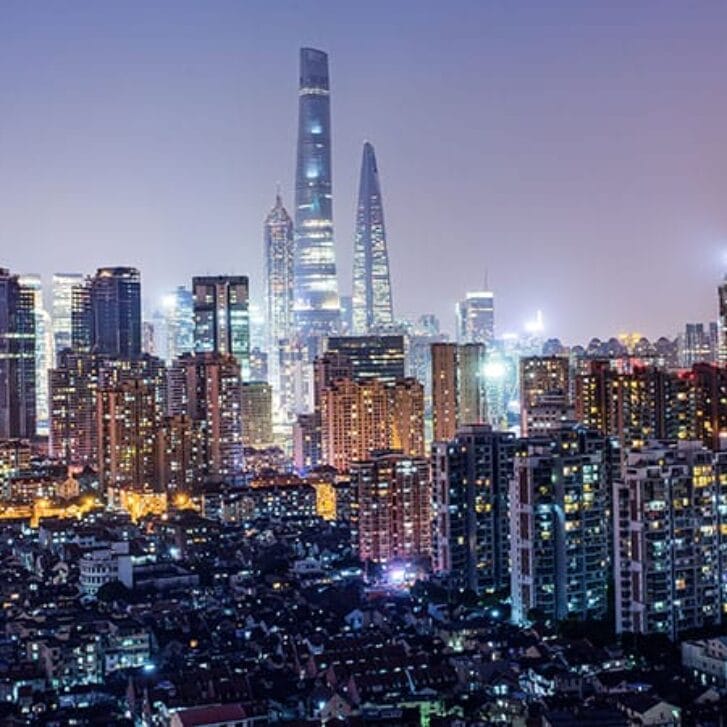This past month, I hosted President Paul Kagame of Rwanda at the Wharton School. I suspect I’m not alone in recognizing that much of the common knowledge of his country comes from the Oscar-winning movie Hotel Rwanda, which chronicles the horrific civil war and genocide.
Twenty years hence, it’s great to learn about the positive trajectory in Rwanda under Kagame’s leadership. In speaking with the president after his public appearance, I was led to reflect on three overarching trends in Africa:
1. Africa is growing fast, and this is likely to continue.
According to the World Bank, six of the 12 fastest growing countries in the world are in Sub-Saharan Africa—including Rwanda. Between now and the middle of this century, half of the world’s population growth will be in Africa.
Sure, the continent continues to have many problems—ranging from its physical geography (lots of small landlocked countries with disease-susceptible tropical climates) to man-made challenges like corruption and inefficiency. But if you take the long view, the combination of demography and development makes Africa a good buy-and-hold proposition.
2. China is everywhere in Africa.
The big story over the past decade or so has been Chinese investment in infrastructure: e.g. mines, farms, roads, ports and railways. They’ve also invested in energy to make bountiful African raw materials—from food to oil and diamonds to uranium—all available for Chinese consumption.
More recently, Africa has emerged as a partner with—and sometimes a rival to—Chinese manufacturing and assembly for clothes, toys and electronics. Africans are holding their breath to see how much they are hurt by China’s economic slowdown, with most attention focused on rock-bottom commodity prices and the possibility of damaging capital flight.
Now is probably a good time for American business to look more seriously at Africa.
3. The U.S., and much of the West, has been (relatively) absent from Africa.
This is true both of government aid and private investment, which have been dwarfed by China’s “investment diplomacy.” Cash-strapped Western governments have increasingly turned from public-sector aid to promoting private-sector investment as a global development strategy. But the private sector has often been deterred by the perception of high risk (of all sorts) investing in Africa.
Put this all together, and now is probably a good time for American business to look more seriously at Africa for its long-term growth possibilities. By the middle of this century, the consuming African middle class will be a major locus and driver of economic activity.
Indeed, in major cities within big countries—led by Lagos in Nigeria—middle class demand is already the real deal. Over time, with better infrastructure, more efficiency and less corruption—and above all, much more urbanization—there will be more cities like Lagos. And in the short term, the Chinese downturn is likely to make African assets cheaper.
I was struck by how savvy and pragmatic President Kagame was in thinking about his country’s economic future. I certainly will be paying more attention to Rwanda and other African countries. I suspect others, too, will be focusing more attention on this massive continent that may finally be emerging from many decades of economic struggle.
Watch President Paul Kagame’s talk on Penn’s campus in the Knowledge@Wharton video below.
Editor’s note: The original version of this article appeared on LinkedIn on Oct. 5, 2015.


























